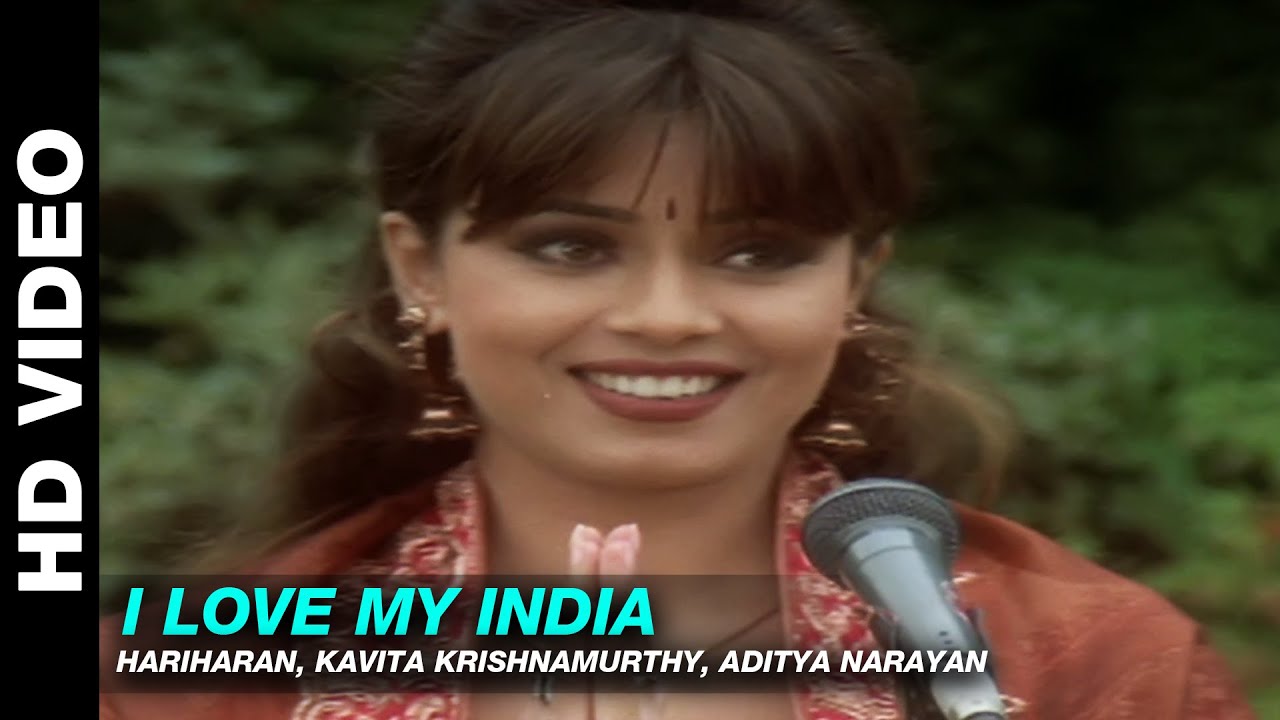
Dilip Menon, University of the Witwatersrand
Nothing brings together style, history and social organisation more than a hat. When the Europeans began commerce with India in the 16th century, they were known by the fact that they never went about with their heads uncovered. They came to be known as the kulahposhan – the people of the hat.
In India, one was recognised by the style and ornateness of the turban one wore. There were those of course, for whom wearing a headdress of any kind was forbidden. Getting to keep one’s headdress on was a sign of greater status: yokels in front of English squires until as late as Edwardian England, and lower castes facing upper caste landlords, had to uncover their heads.
“To go cap in hand” as much as “I lay my turban at your feet” signified deference and the hope of mercy or patronage. For the wealthy of course, hats became symbols of excess. Stovepipe hats for men and the baroque foliage on hats worn by women at the Ascot racecourse signified luxury and status: a preference for flamboyance over comfort.
Hat making came to be associated with madness as much as political activity. Hatmakers in France were among the first to organise politically as a guild in France as early as the 17th century. Prolonged exposure to mercury used in curing felt, led to erethism among hatmakers and came to be known as the mad hatter syndrome.
If hats were universal, and the covering or uncovering of the head had multiple meanings in different cultures, hat makers too were part of a larger universe of circulation, fluidity and fashion.

In the case of Mabro Hats, Johannesburg, the story begins with Gujarati immigrant Bhikha Uka Prajapati, travelling across the Indian Ocean to South Africa, following in the wake of the inflow of indentured labour. His fascinating tale is told in the recently published “Master Mansions” by photographer Mark Lewis and writer Tanya Zack.
Though of the potter caste, Bhika Uka decided that hat-making would be his source of fortune in this outpost of the British Empire. The Ocean and the geographical spread of Empire meant much fluidity for those located within unforgiving hierarchies at home. Travel meant anonymity and therefore mobility.
A hundred hats a day
Bhika Uka changed his name from Prajapati to Master, signifying skill, education and status. Established in 1932, Mabro Hats employed 80 workers and produced 100 hats a day: 300,000 a year at its height in the mid 20th century. Mabro, while a diminutive form of Master Brothers, had sonic resonances far beyond its mundane sound.

Evoking class (the Duke of Marlborough); style (the Marlboro man in his Stetson); and down-to-earth street lingo “Ma’ bro” (my brother), it was a resonant choice of name. And the hat making drew on a world of materials and commerce that exceeded Empire. Material was sourced from all over the world as were fashions: France, Switzerland and even “occupied Japan”.
Mr Master acquired property at the no-man’s land at the western limits of Johannesburg. Amid the tightening grip of apartheid, he and his two business partners completed a six storey building with a Hindu temple atop it. Given the pass laws, the Group Areas Act and the strict separation between races (reminiscent of the caste system in India), Master Mansions became the resting point for the travelling Indian.
There were no hotels that accommodated Indians and those who came to Johannesburg stayed in the apartments of the Master Mansions, creating a little village beyond religion and caste. The effect of a village was strengthened by the temple on top of the building, the fulcrum of community.

As the saying goes, one’s home is only as large as one’s heart is, and the Mansions expanded to accommodate the peripatetic Indians in search of business. It became a dosshouse for Gujarati Indians, a temporary resting place for visiting gurus, and an island of hospitality in a landscape scarred by suspicion, separation and hatred.
The end of two eras
Apartheid was to officially end in 1994, but so was the fashion of wearing hats as the formalities of business, church and leisure gave way to the informality of urban equality. Hats were no longer part of a semiotics of status or aspiration and Mabro Hats had to close down.
An entire warehouse space of abandoned crinoline, felt and hat moulds was all that remained of the business. This was a business that had provided a hat for liberation struggle stalwart Winnie Madikizela-Mandela at the festivities signalling the end of apartheid with the presidential inauguration of her husband Nelson Mandela.
But the building continued to reflect the protean nature of commerce and the city. New tenants from India and South Asia came to occupy it. The Master Brothers moved from making hats to selling Chinese medicines. The shops at street level took on the dimensions of Johannesburg commerce: muti, meat, music.
The music shop at the corner mixed the strains of Islamic chants and jazz and Africa music, with the honk and flurry of traffic outside. Far above the din and bustle, on a parapet on the top floor, carved into the concrete are the words “I love my India”. This song, from the hit Bollywood film “Pardes” (1997), became an anthem for the Indian diaspora across the world, as a resurgent liberalised India called to its scattered people. Indenture, apartheid, independence, neo-liberalism: Master Mansions stands its ground, doffing its hat to changing times.
![]() “Master Mansions”, is the eighth book of the popular 10-book series ‘Wake Up, This is Jo’burg’ by photographer Mark Lewis and writer Tanya Zack published by Fourthwall Books.
“Master Mansions”, is the eighth book of the popular 10-book series ‘Wake Up, This is Jo’burg’ by photographer Mark Lewis and writer Tanya Zack published by Fourthwall Books.
Dilip Menon, Mellon Chair of Indian Studies and the Director of the Centre for Indian Studies in Africa, University of the Witwatersrand
This article was originally published on The Conversation. Read the original article.



















